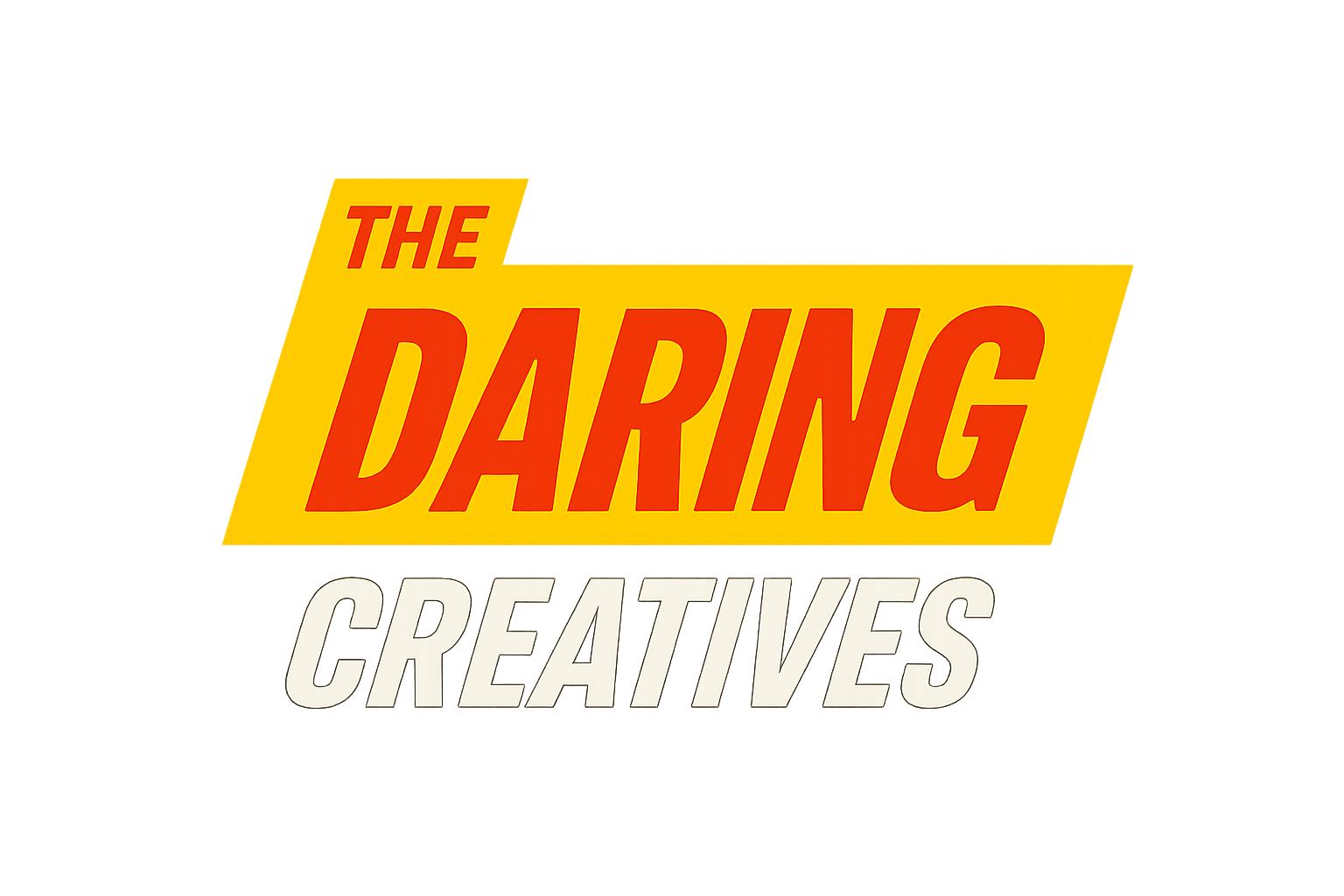We talk a lot about “prompting” as if AI were some vending machine for answers. Drop in the right syntax, get a perfect response. But the truth is less mechanical and more human: the most important skill for working with AI is the ability to explain.
Not explain in the sense of dumping data or rattling off bullet points, but explain as a creative does: with depth, with emotional weight, with the right details at the right time.
That’s why I think creatives have a head start in this new era. Musicians, designers, videographers, writers—we’ve trained ourselves to translate messy experiences into something shareable. That’s exactly what AI thrives on.
Walk-and-Talk as a Training Ground
One of my favorite rituals is going for a walk and talking to ChatGPT for an hour to work on either my personal work or even client. On the surface, it looks like “brain dumping,” but it’s actually a deliberate practice:
- I explain what I'm working on.
- I include how I feel about it.
- I mention the feedback I got from other people.
- I share what I tried and where I think I failed.
- I highlight what I think matters most and what outcome I want next.
The result is not just a better conversation—it’s a better collaboration. ChatGPT can only build on what I give it. My job is to hand it raw material that is clear enough to work with and rich enough to be meaningful.
And I say clear enough, but that doesn't mean it has to be incredibly structured. If you've ever recorded a voice note for a friend you know what I'm talking about. Try talking to ChatGPT like that.
Why Context Matters More Than Clever Prompts
AI can give you an answer to almost anything, but it has no idea which part of the answer you’ll actually care about. If you ask it for a marketing plan, it can give you one. But if you tell it:
"I have three days, a tiny budget, a product that looks premium but is untested, and a founder who gets nervous on camera. I want to sell 10 pieces just to prove the idea has legs."
—then suddenly you’re going to get advice that is smaller, scrappier, and far more actionable.
That is the real leverage of context. It shifts the problem from generic to specific. And when the problem is specific, the answers can be creative.
How to Think in Context (A Practical Guide)
So how do you start giving better context to AI? Here are techniques I use and teach:
- Describe the Scene
Pretend you’re setting up a shot for a film crew. Where are we? What time of day is it? Who’s there? What’s happening? You’d be surprised how much that visual framing improves the answer. - Name the Emotion and Stakes
Don’t just say “I need ideas for this campaign.” Say “I’m nervous because this campaign is a make-or-break moment and we’ve only got one shot to get it right.” That one sentence often changes the whole tone of the output. - Ask About Senses
I often ask: what does this product sound like? If it were music, what genre would it be? If it walked into a room, how would it move? This gets me out of the purely visual mode and helps AI describe something in a multidimensional way. - Close Your Eyes and Describe the First Frame
For videos, I’ll say, “Okay, tell me what the first 3 seconds feel like. Is it fast? Slow? Is the camera moving?” This builds a starting point that can evolve into an actual storyboard. - Compare It to Something Known
AI is great at analogy. Say “this brand should feel like Patagonia meets Apple—but with the humor of Wendy’s Twitter account.” You’ll get closer to what you mean faster than if you just list adjectives. - Show an Attempt and Ask for a Better One
Share your first draft or what you tried before. “I wrote this caption, but it feels flat. Can you punch it up without making it sound too salesy?” The AI now has a clear reference point to build from. - Highlight the Constraint
Constraints spark creativity. “I need this script to be under 30 seconds” or “I only have still photos, no video.” This keeps the suggestions grounded in what’s actually possible. - Invite Weirdness
Sometimes I’ll say “give me three good ideas and one that’s totally weird.” The weird one often unlocks something unexpected that I wouldn’t have found on my own. - Ask for the Opposite
If a solution feels too polished, I’ll say, “What’s the rough, scrappy version of this?” or “What would it look like if we broke the rules?” It helps me see the full range of options. - Keep the Loop Going
Treat it like a dialogue, not a vending machine. Respond to what it gives you. Tell it what worked and what didn’t. Each iteration gets sharper.
The Future Belongs to Context-Makers
Being able to provide good context is not just a productivity hack—it’s a future-proof skill. The more complex and capable these systems get, the more they need human framing to stay useful.
If you’ve spent years building your creative instincts, you already have the advantage. You know how to pay attention to details, how to tell a story, how to set a mood. Now it’s just about pointing those skills at your collaboration with AI.
Instead of fearing the “prompt engineer” title, think of yourself as a context engineer. Your job isn’t just to ask for things—it’s to translate your messy, human experience into something a machine can understand and amplify.
And that might be the most creative act of all.


